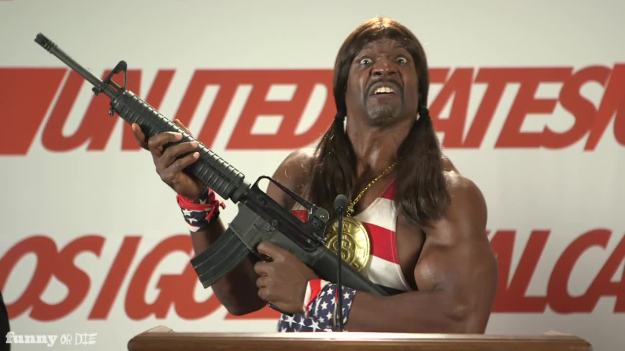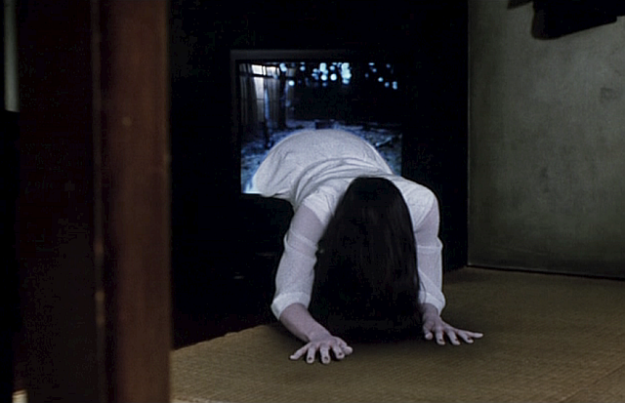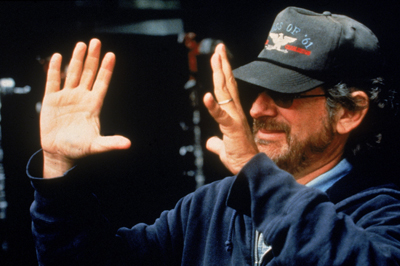HERE’S the brand-new song from Green Day, “Bang Bang”, an almost-timely exploration of the death-&-fame cult of mass shootings. Its unannounced release, coupled with the news that a new album is due in October, is explosive news for those who were only tided over by the new blink-182 album. They needn’t worry; with a new Sum 41 album due on the same release date as Green Day’s, pop-punk Christmas will assuredly come early.
&, in case you’re wondering, it’s definitely pop-punk we’re talking about. “Bang Bang” occupies a No Man’s Land between triumphant & routine, but what it is not is a continuation of the emo-friendly direction the band took from American Idiot onwards. Punk, of course, has moved in waves through its life like any other genre, & it’s only natural that, 20 years on from the heyday of pop-punk, pop-punk should once again be the dominant punk subgenre. The whole movement began, as any music fan knows*, with artsy New Yorkers like The Patti Smith Group, The New York Dolls, Blondie, Television, the Talking Heads, & the Ramones, only the last of which are really identifiably punk; it took subsequent waves in London & Manchester to produce the classic punk sound of the Sex Pistols, The Clash, The Damned & The Buzzcocks. That scene, like a punk rock tune, burned out almost as soon as it had begun, & was replaced within two years by artier sounds such as post-punk, new wave, synthpop, & ska. But almost as quickly as the white rage of punk was dying in the UK, US hardcore bands like Black Flag, Dead Kennedys & Minor Threat were arriving to carry the (now-burning-even-insanely-more-incandescently) torch, & while the UK never really bothered keeping the scene alive, hardcore (including subgenres, such as straight edge & the first wave of emo) ruled Stateside for close to 15 years. In that context, Green Day’s Dookie album – not their début, though it might as well have been – represented something truly unique, in that it went back to the British sound that no-one had bothered copying in ages, poppified it by about 20-30%, & added relatable lyrics that moved deftly from fratboy gross-out humour to suburban malaise for maximum appeal. Purists may have, & still may, turn up their noses, but in terms of influence Dookie makes it into any punk Top Ten of albums, & within a few years of its release, every US punk group that mattered had either formed in Dookie‘s wake, or had switched sound to capitalise.
This analysis finds me as objective as it’s possible to be when discussing something as inherently subjective as cultural trends. I’m not biased by nostalgia because, in truth, I’m a relatively new Green Day fan. I was aware of “Basket Case” & “Good Riddance (Time of Your Life)”, though few others, through MTV2 growing up in the early 00s, bought the American Idiot album & quickly tired of it after heavy rotation, then for ten years almost never thought about them. It wasn’t until, as an anniversary present, I got my girlfriend tickets to the American Idiot stage musical last year, that I was forced to re-evaluate the band, finding fragments of the entire album sticking in my head weeks & months after the performance. I’m an admirer of any composer who knows their way around a pop hook, & Green Day might pip The Beatles for the top spot of catchiest band of all time. So I found myself re-purchasing American Idiot, which I’d misplaced in the intervening decade, & while I was at it buying Insomniac, Nimrod (their best, tune-for-tune), & Warning, the three post-Dookie albums which, put together, form a relatively rare string of records which find a band at their peak in terms of musicianship, songwriting ability, & commercial appeal at once.
I’d missed all this because, during the eight heady years when pop-punk bands ruled the earth, I was an Offspring fan. I was a huge fan, looking back on it: I had all their albums; knew all the words to every song; read their sleevenotes; could name each band member (I no longer can!); I called them my favourite band; & I sincerely believed that they would always be my favourite band. In retrospect, they’re not even my favourite of the 90s pop-punk bands. Green Day beat them in terms of tunesmanship, lyrics, vocals, musicianship, punk attitude, & rad album covers**. Additionally, having switched to a pop-punk sound following the success of Dookie makes The Offspring seem like followers rather than setters of trends, the .5 in a 1.5-horse race. After Green Day’s second time around changing the mainstream face of punk with American Idiot, The Offspring belatedly followed with Rise and Fall, Rage and Grace. Even when playing in Green Day’s shadow, however, The Offspring’s sound was reliant on a thick, quasi-metal guitar crunch courtesy of various indifferent (over)producers, which I tend to find less appealing than Green Day’s authentically thin, wiry, fuzzy punk sound courtesy of Rob Cavallo.
It stands to reason, though, that the two dominant bands of the 90s scene should differ in this way. While Green Day’s biggest influences, from their riffs to their subject matter to Billie Joe Armstrong’s almost mockney whine, were British groups like The Damned & Sex Pistols (& as of American Idiot, The Who), The Offspring played in a characteristically American, characteristically Californian sound that they owed to Black Flag, Dead Kennedys & Bad Religion. The obviousness of these influences is diluted a little on The Offspring’s later albums due to a timely, Dookie-informed switch to pop-punk, but on their first two releases (with songs like “Kill The President” & “L.A.P.D.” respectively), it can be seen plainly, & the metallic guitars about which I complained in the paragraph above are all part of that. Similarly, when words fail Green Day lyricist Armstrong, his fallbacks are Beatlesy “yeah”s and “hey”s, whereas Holland prefers the “woah-ohs” of the Ramones.
Perhaps related to their British vs. American key influences is a distinctly different philosophical approach. While the scatological humour of Green Day would provide blink-182 & Sum 41 with their sole raison d’être, the band were never apolitical in the way that their imitators were. But there’s a touch of unconventiality of topic to songs like “King for a Day” (transvestism), “Welcome to Paradise” (slum living & missing one’s mother) or “Having a Blast” (being a suicide bomber; perhaps a dry-run for “Bang Bang”) that, coupled with their leavening moments of humour, can make them easy to overlook as political songs. By the time the band performed “Warning” (a warning against, well, warnings) it was hard to tell what they meant & what was classic, British-style sarcasm, & it was sad to see that, by the time of the otherwise accomplished American Idiot, the band’s message had degenerated into standard punk insurrection against a barely-understood but assuredly no-good political machine made up of Bush, 7-Eleven, the military-industrial complex, rednecks, mass media, & one’s parents. It was left-wing music, something Billie Joe Armstrong, an endorser of Bernie Sanders for President, would, I assume, happily affirm.
The Offspring, meanwhile, forged their own path with what is recognisably, though never explicitly, that most unheard-of-in-punk of all political philosophies: libertarianism. Educated, good-natured frontman Dexter Holland never once exhorts us to smash the system, extolling instead a philosophy of privacy, decency &, above all, self-determination. Alright, I earlier cited songs such as “Kill the President” &”L.A.P.D.” as proof of their hardcore lineage. But strip away the fashionable rage, & the key lyric of “Kill The President” is not “Kill the president”, but “A leader’s not the center of democracy”; “L.A.P.D.”, meanwhile, opens with, “When cops are taking care of business, I can understand/But the L.A. story’s gone way out of hand”, functioning like a disclaimer to inform unwary listeners that, even with the early, edgy Offspring, it’s not really an anti-police anthem in the tradition of “Police & Thieves” (Junior Murvin/The Clash), “Hate the Police” (The Dicks) or “Fascist Pig” (Suicidal Tendencies).
Elsewhere self-determination comes up again & again; “Staring at the Sun” is defiant in the face of a lousy world; “All I Want”‘s classic chorus is “Leave me alone, I’m not asking a lot/I just don’t want to be controlled/That’s all I want”. “The Meaning of Life” features the lines “Open wide and they’ll shove in their meaning of life/Not for me, I’ll do it on my own”. “I Choose”, in spite of its absurdity, is nevertheless a song about choice in life, & even wackier songs such as “Don’t Pick It Up” or “Way Down the Line” advocate personal responsibility in their own way; even the pseudo-mystical “Pay the Man” gets in some anti-government paranoia, “The Man is making little bets/Playing with our lives”. The incoherency of left-wing punk rage is repeatedly skewered in Offspring tracks like “Change the World”, “Cool to Hate”, & “One Fine Day”. Meanwhile, “Walla Walla”, “Come Out and Play (Keep ‘Em Separated)”, “Genocide” & “Jennifer Lost the War” are accounts of incorrigible criminality. The concerns of a song like “Neocon” could easily be Green Day’s, but the objection is still against a centralisation of power. “Why Don’t You Get A Job?” ought, at this point, to speak for itself.
You might also notice that both bands’ love songs tend to be addressed to a similar sort of selfish, fucked-up woman; where, however, a liberal would feel compassionate about her problems – might, in fact, go as far as to romanticise them, as in Green Day songs such as “She”, “Extraordinary Girl”, “She’s a Rebel”, “Whatsername”, et cetera – The Offspring’s back catalogue bulges with songs of disdain for women who are irresponsible in their private lives: “Self Esteem”, “Feelings”, “She’s Got Issues”, “Want You Bad”, “Spare Me the Details”, “Why Don’t You Get a Job?” (again!).
So then is the personal political? Not quite, but it’s long been held that there is a left/right split that is purely philosophical***; leftwing individuals tend to emphasise collective responsibilities, even in apolitical scenarios, hence the collective politics of anarchism, communism, socialism & liberalism. Rightwingers on the other hand believe in personal responsibility, hence classic conservative ideas such as the limited state & the free market which, undiluted, make up some form or other of libertarianism. Given that, Johnny Ramone aside, punk rock’s only dalliance with any form of right-wing politics consists of Nazi punks of the sort the Dead Kennedys memorably told to “Fuck Off”, you can understand why The Offspring’s libertarianism is mostly buried within lyrics that recognisably fit with punk-rock rebellion, at least until examined together. Or perhaps these dancable, fashionable, popular songs were intended mostly as apolitical &, as it is for most people, personal values create entirely unconscious biases in ways of perceiving, feeling, & expression.
O, & by the way, neither band managed to write the perfect pop-punk song. That feat was accomplished by the otherwise unremarkable Jimmy Eat World, here.

*Yes, yes, down in front, put down your hand, I see you. Of course the previous decade gave us The Sonics, The Monks, The Seeds, The Velvet Underground, the MC5, & The Stooges, but all of these groups were (with the noble exception of general weirdoes the VU) parts of regional garage-rock scenes, & that their Beatles/Stones/Dylan/Kinks knock-offs were faster, nastier & snottier than those of their contemporaries does not mean that they, together, constitute a punk scene, only that they were stepping stones. In any case The Stooges & their scion Iggy Pop seemed to mean more to the Brits than they did to the Yanks, while The Velvet Underground’s main legacy is art-rock from Bowie through R.E.M. to Belle & Sebastian. However, it may be instructive to note that, just as pop-punk was dying in the early-00s, the garage-rock revival was reaching its peak, led by The White Stripes, The Hives, & The Vines. Feel free to visualise these briefly-overlapping periods of subgenre dominance as a series of sine waves.
**Proof: The Offspring took the CD reissue of their first LP as an opportunity to replace this badassery with this…thing.
***This footnote probably requires more citations, but a friend recommended Joe Feagin, “Subordinating the Poor: Welfare and American Beliefs”, 1975, available here, & Jonathan Haidt, The Righteous Mind: Why Good People Are Divided by Politics and Religion, available here.
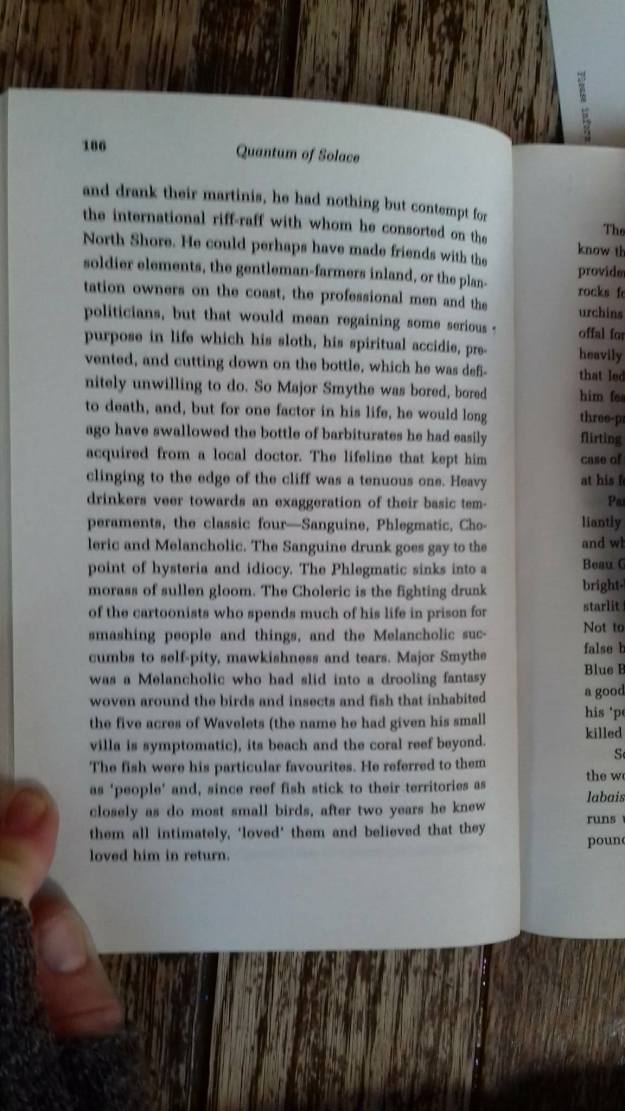
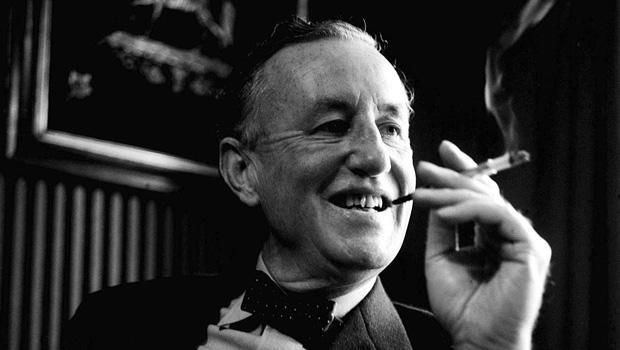
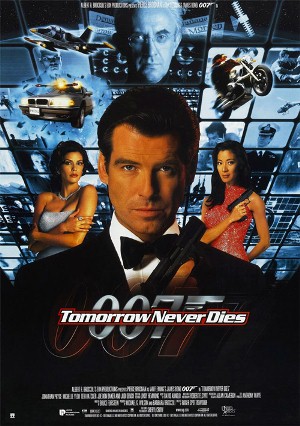
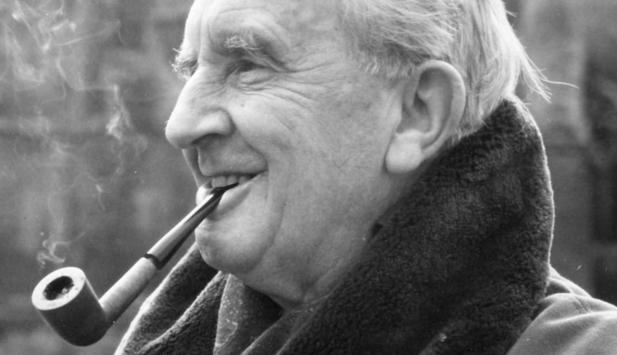
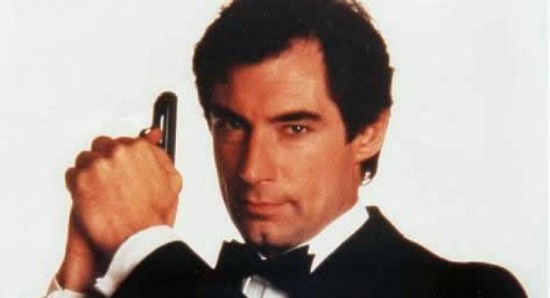


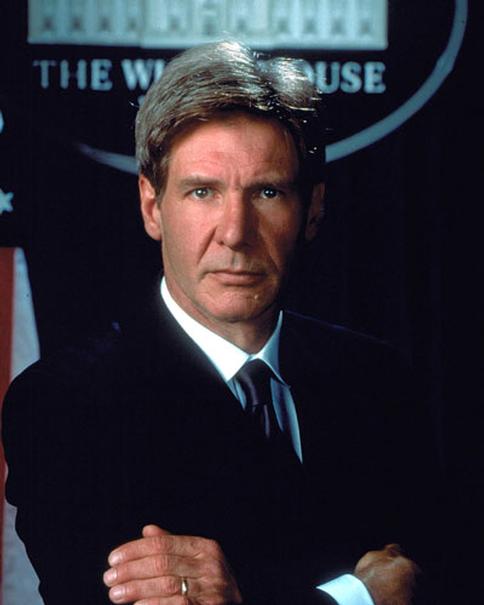
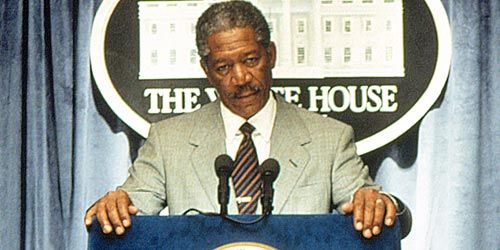
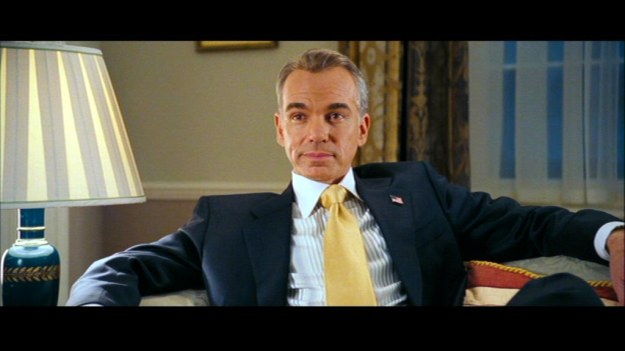


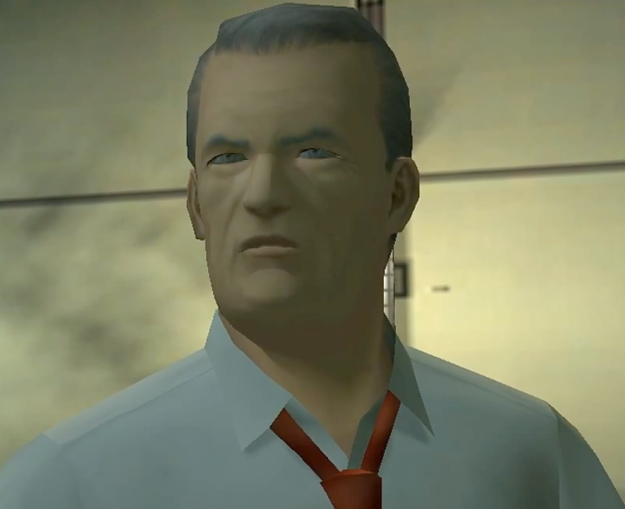 President James Johnson resembles Democratic President Lyndon B. Johnson in looks, accent, demeanour (note the crotch-grabbing incident), & name. He also pledged in 2008 to close down Guantanamo Bay, a pledge also made by real-life Democrat Obama. Yet something’s fishy here: George Sears is stated to have been removed from office after the Shadow Moses fiasco. In real life, such a removal would have led to Sears’ replacement by his VP, which might mean Johnson is a Republican (there’s no way Sears is a Democrat), except Johnson mentions that his path to the Presidency was being the insignificant son of a Senator before being selected by the Patriots. So chalk this one up to ignorance of the American system on the part of the writers. Democrat.
President James Johnson resembles Democratic President Lyndon B. Johnson in looks, accent, demeanour (note the crotch-grabbing incident), & name. He also pledged in 2008 to close down Guantanamo Bay, a pledge also made by real-life Democrat Obama. Yet something’s fishy here: George Sears is stated to have been removed from office after the Shadow Moses fiasco. In real life, such a removal would have led to Sears’ replacement by his VP, which might mean Johnson is a Republican (there’s no way Sears is a Democrat), except Johnson mentions that his path to the Presidency was being the insignificant son of a Senator before being selected by the Patriots. So chalk this one up to ignorance of the American system on the part of the writers. Democrat.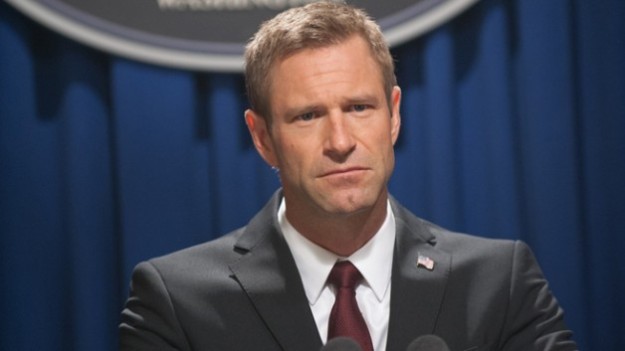
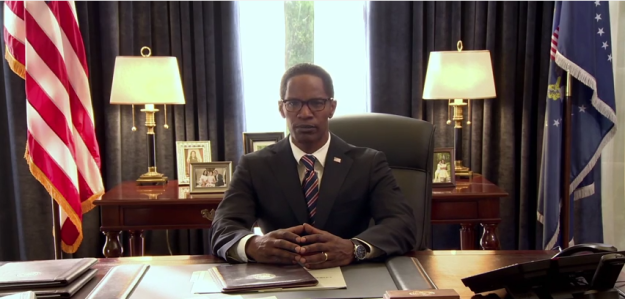 This one’s even easier. Young, black, hip, & full of promise, James Sawyer is clearly intended to evoke Barack Obama. The film evidences the hopeful mood that abounded at the start of Obama’s presidency
This one’s even easier. Young, black, hip, & full of promise, James Sawyer is clearly intended to evoke Barack Obama. The film evidences the hopeful mood that abounded at the start of Obama’s presidency 